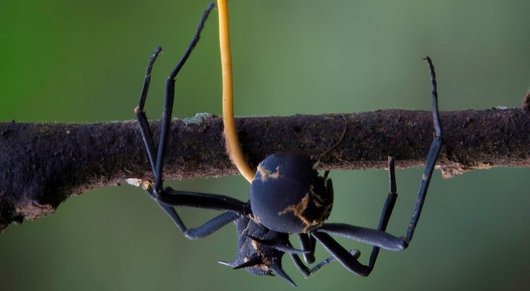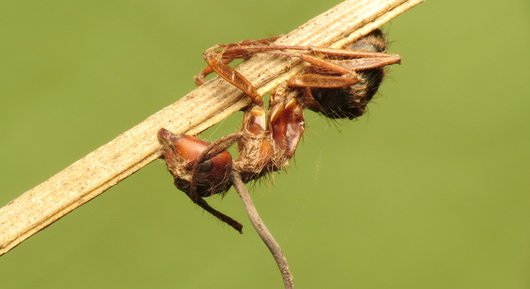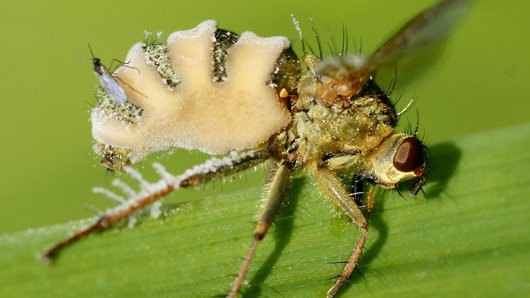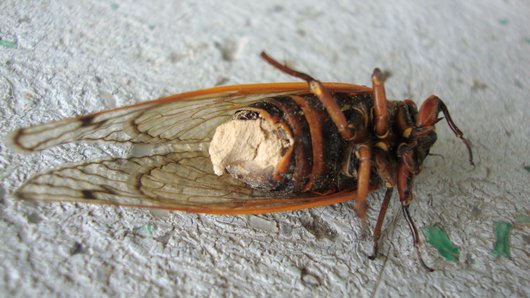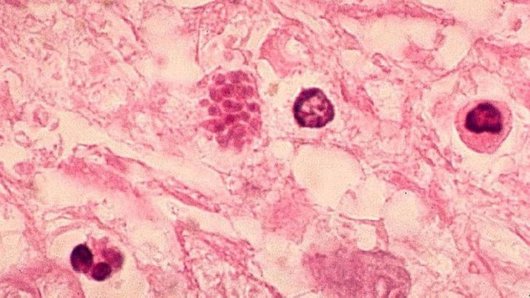Microbe monsters
It is well known that nature can be ruthless sometimes. But you don't often see it as colourful as microbes make it. Where predators and carnivorous plants simply devour their prey, some microbes have a more sinister approach. Parasitic fungi turn their victims into mindless zombies by penetrating their nervous systems, drugging them or taking over their muscles. How Halloween can it get ? Header image by © Andreas Kay

